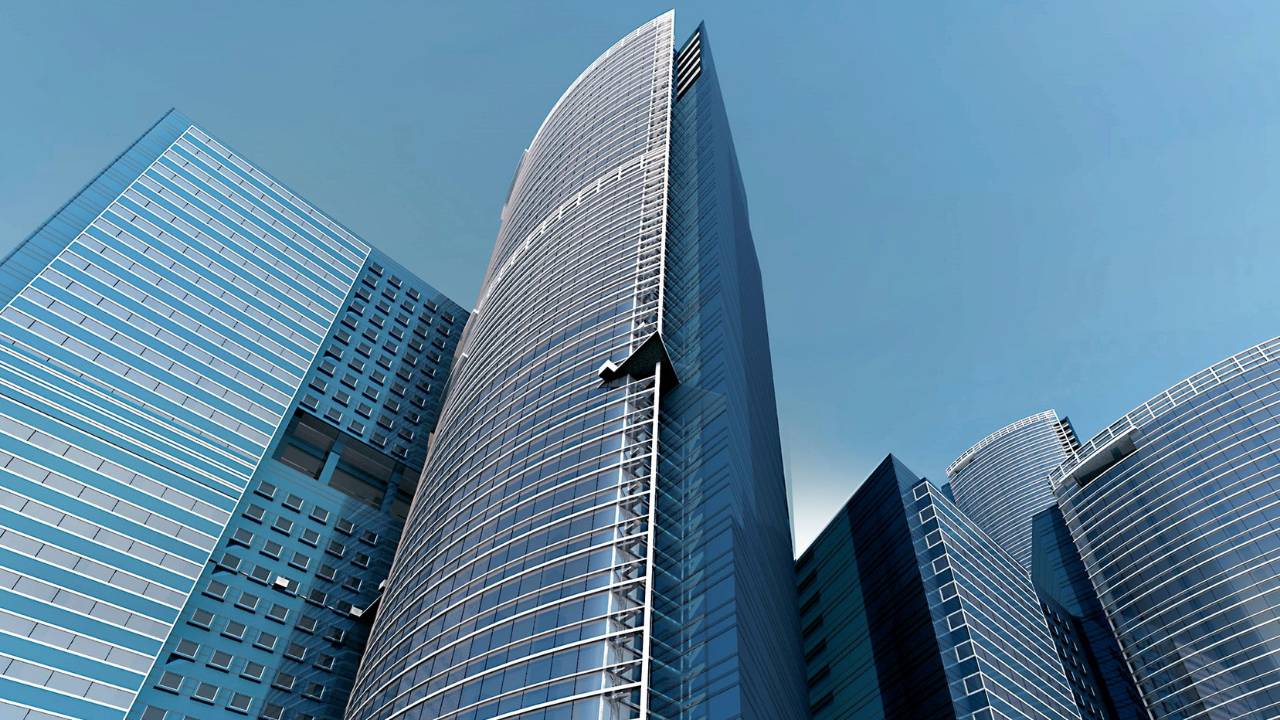The commercial real estate industry is going through arguably one of its most trying times in modern history. After Pinterest paid almost $90 million to get out of its San Francisco lease, many wondered if this could be the beginning of the end for offices.
With millions of workers becoming proficient in remote working tools, it seemed like coming into the workspace wasn’t the necessity business leaders once assumed.
The sentiment is shared throughout many companies, too. Employees are enjoying the lack of stressful daily commutes, while businesses are cutting down on expenses for expensive workplaces in major cities.
However, executives are questioning how much space they will need in the future, and whether working from home in the long-term could hinder productivity.
According to Jason Vanslette, a mortgage foreclosure litigation specialist at the Kelley Kronenberg law firm, it takes longer for office building owners to default on a loan. However, he anticipates that the overall economic slowdown will leave the office sector struggling for the next two years.
Currently, 14% of office space is vacant according to Cushman & Wakefield, and rates are expected to grow to 17% by 2022.
“It’s hard to determine what’s permanent and what’s not in the middle of a crisis,” said John Sullivan, chairman of DLA Piper’s U.S. real estate practice. “After 9/11 and those horrifying pictures of planes hitting the World Trade Center, a lot of people predicted the death of high-rise office buildings. That was an understandable sentiment, but it obviously proved false in the long term.”

 Dr. Gleb Tsipursky – The Office Whisperer
Dr. Gleb Tsipursky – The Office Whisperer Cat Johnson – Coworking Marketing Maven
Cat Johnson – Coworking Marketing Maven Angela Howard – Culture Expert
Angela Howard – Culture Expert Drew Jones – Design & Innovation
Drew Jones – Design & Innovation Andrea Pirrotti-Dranchak – Competitive Advantage
Andrea Pirrotti-Dranchak – Competitive Advantage Jonathan Price – CRE & Flex Expert
Jonathan Price – CRE & Flex Expert Jeremy Fennema – Tech Innovation Alchemist
Jeremy Fennema – Tech Innovation Alchemist







